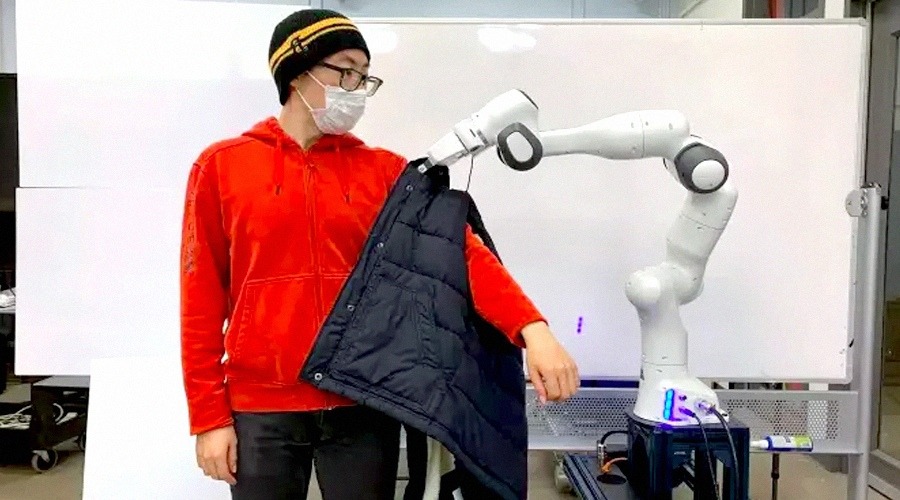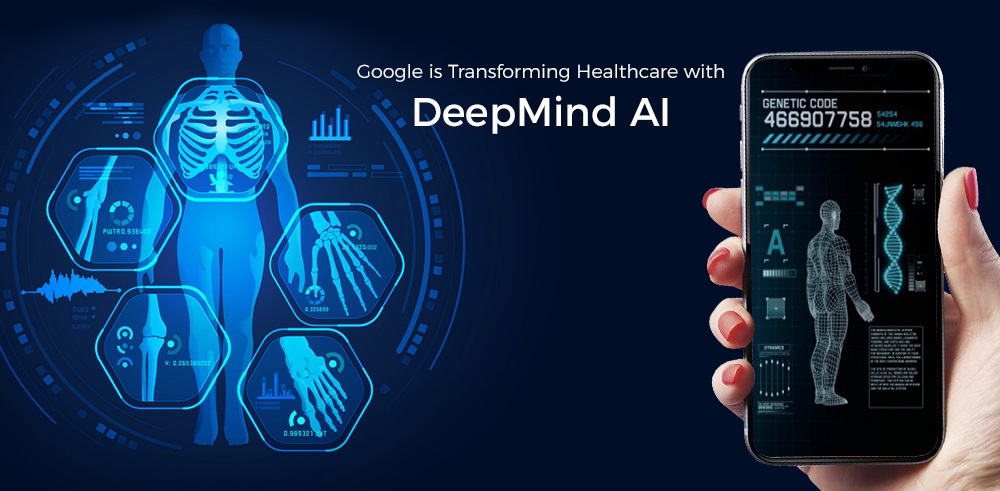Researchers from EPFL and ETH Zurich have developed an AI-based program called Pomelo to improve the effectiveness of humanitarian missions. The program collects large sets of public data from remote sensing systems and combines them based on weights obtained using a neural network. Pomelo generates detailed results on areas up to a hectare in size and has been successfully tested in several African countries.
The International Committee of the Red Cross (ICRC) has partnered with EPFL and ETH Zurich to develop Pomelo as part of the Engineering Humanitarian Action initiative. The aim of the project was to create an AI program capable of creating accurate population maps for individual plots of land measuring one hectare. The program can provide such accuracy thanks to a rich set of open data.
Currently, the ICRC uses software that relies on photographs of buildings to estimate population density. However, this software does not take into account how buildings are used, which can affect the type of assistance needed in a given area. Pomelo, on the other hand, considers various factors such as the number of buildings, average building sizes, proximity to roads, road maps, and night lighting to create accurate population maps.
Several methods of population mapping already exist, but none of them can provide estimates with the accuracy necessary for humanitarian operations, urban planning, and environmental monitoring. Pomelo was tested using data from several African countries, including Tanzania, Zambia, and Mozambique. The program turned out to be more accurate than its analogues, not only at the hectare level but also in larger territories, including those with low population density (1,000-2,000 inhabitants).
The use of AI technology in humanitarian missions is becoming increasingly important. With Pomelo, humanitarian workers can work more effectively by knowing how many people live in a given area. This information can help restore water supply, distribute food, or assess the feasibility of a preventive program. The program can also aid in urban planning and environmental monitoring.
If you're looking to hire a robot worker or create a robot job, the field of AI technology for humanitarian missions is a promising one. With the help of AI programs like Pomelo, humanitarian workers can make a significant impact in improving people's lives.


















